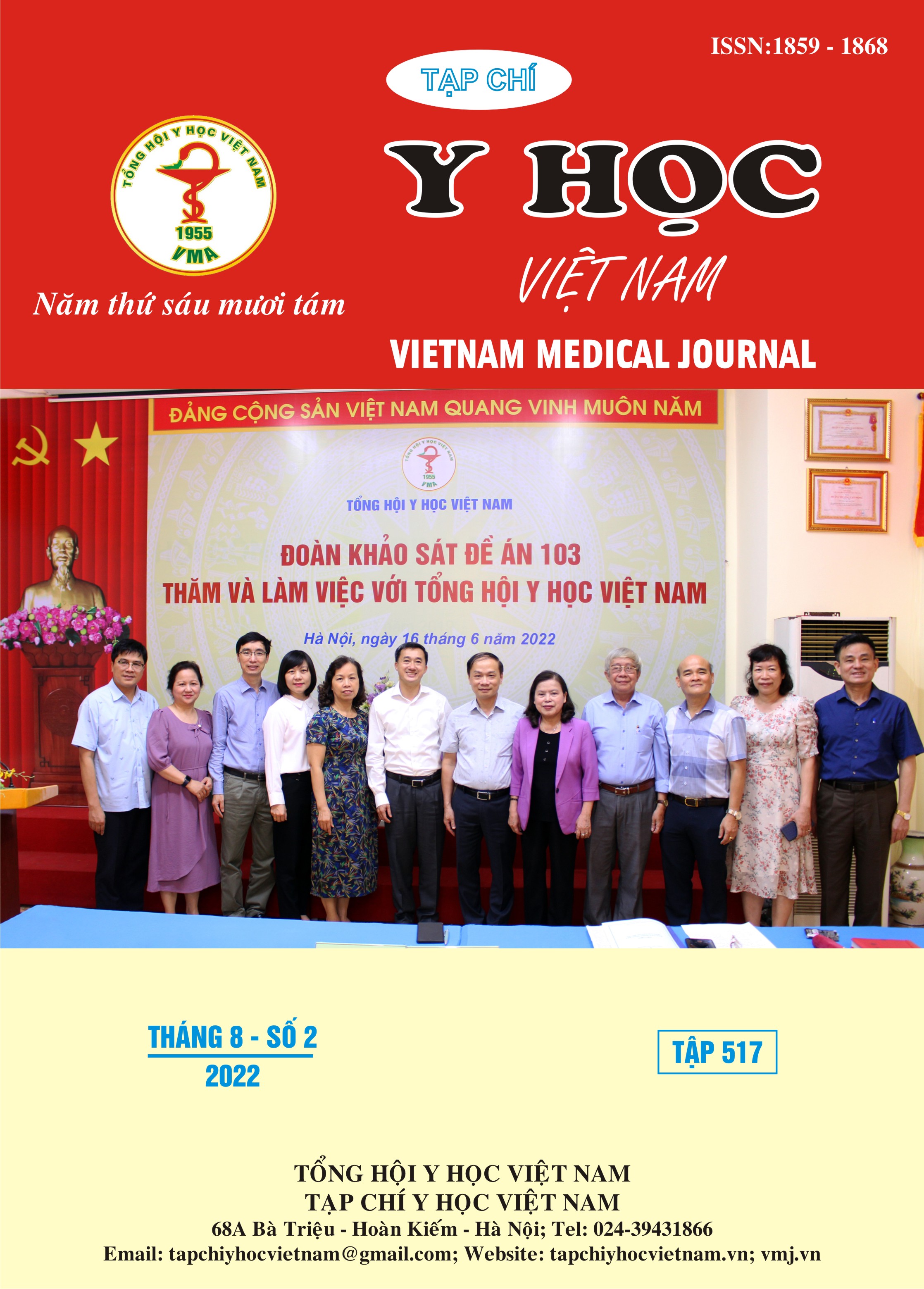HEALTH BELIEF MODEL SCALE ON THE USE OF FACE MASKS AMONG MEDICAL STAFF DURING THE COVID-19 PANDEMIC IN HO CHI MINH CITY
Main Article Content
Abstract
A face mask is one of the physical measures considered adequate and widely recommended to prevent the spread of Covid - 19. The study aims to evaluate the reliability and validity of health belief model scale for medical masks among healthcare workers. A cross-sectional study was conducted on 204 health workers at 3 frontline hospitals in Ho Chi Minh City (HCMC). Reliability is assessed through internal reliability. Structural validity was analyzed by confirmatory factor analysis (CFA). The results show that Cronbach's alpha coefficient is 0.84, indicating that the scale has good internal reliability in measuring health trust in medical masks.
Article Details
Keywords
health beliefs model scale, COVID-19, healthcare workers
References
2. Bộ Y tế. CỔNG THÔNG TIN CỦA BỘ Y TẾ VỀ ĐẠI DỊCH COVID-19. 2022; Available from: https://covid19.gov.vn/.
3. Bavel, J.J.V., et al., Using social and behavioural science to support COVID-19 pandemic response. Nature Human Behaviour, 2020. 4(5): p. 460-471.
4. Feng, S., et al., Rational use of face masks in the COVID-19 pandemic. Lancet Respir Med, 2020. 8(5): p. 434-436.
5. Centers for Disease Control and Prevention. Interim Guidance for the Use of Masks to Control Seasonal Influenza Virus Transmission. 2019; Available from: https://www.cdc.gov/flu/ professionals/infectioncontrol/maskguidance.htm.
6. Bakhit, M., et al., Downsides of face masks and possible mitigation strategies: a systematic review and meta-analysis. BMJ Open, 2021. 11(2): p. e044364.
7. Taylor, S. and G.J.G. Asmundson, Negative attitudes about facemasks during the COVID-19 pandemic: The dual importance of perceived ineffectiveness and psychological reactance. PloS one, 2021. 16(2): p. e0246317-e0246317.
8. Howard, M.C., Understanding face mask use to prevent coronavirus and other illnesses: Development of a multidimensional face mask perceptions scale. British journal of health psychology, 2020. 25(4): p. 912-924.
9. Mumma, J.M., et al., Development and validation of the discomfort of cloth Masks-12 (DCM-12) scale. Applied ergonomics, 2022. 98: p. 103616-103616.


